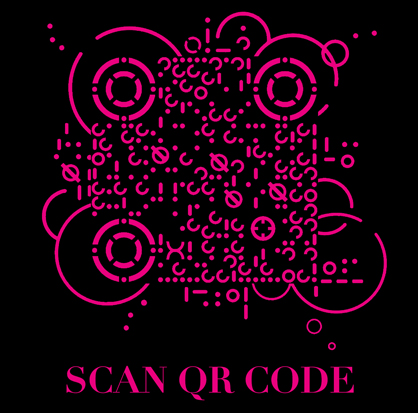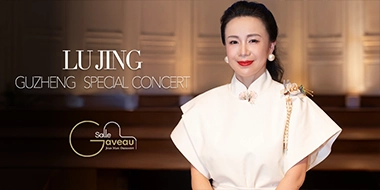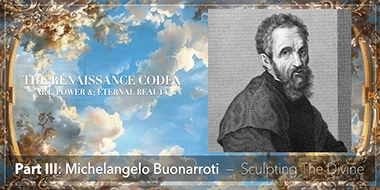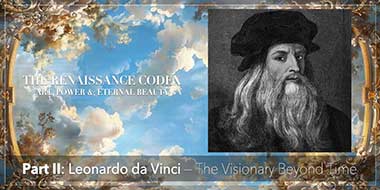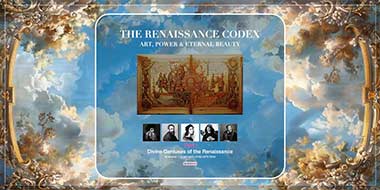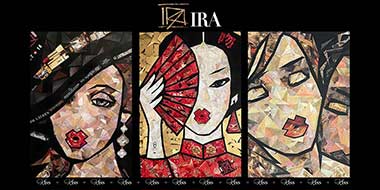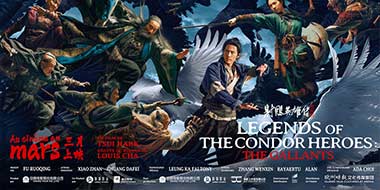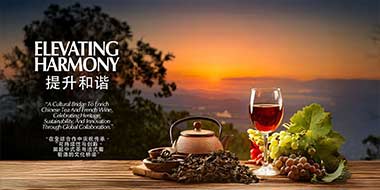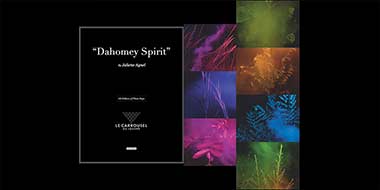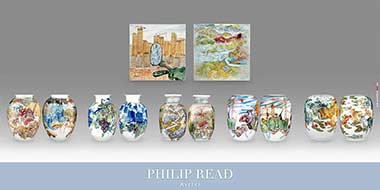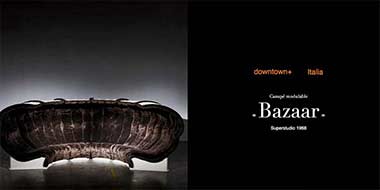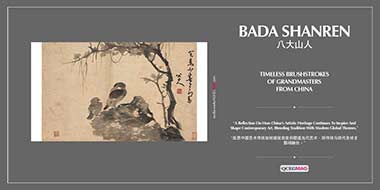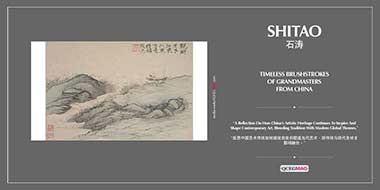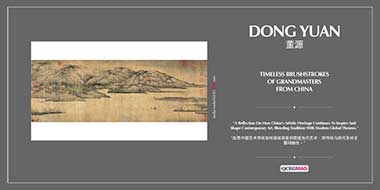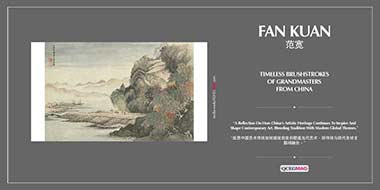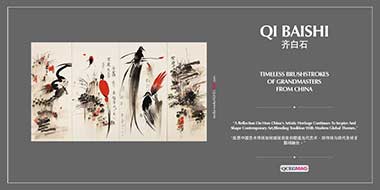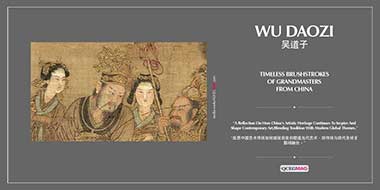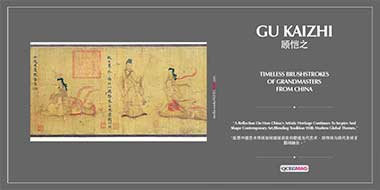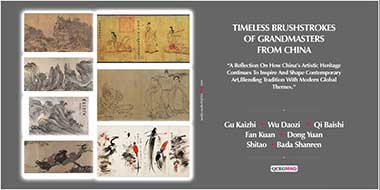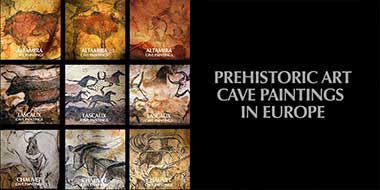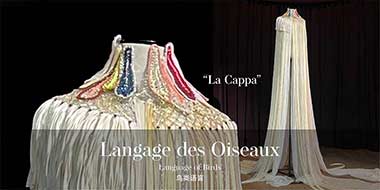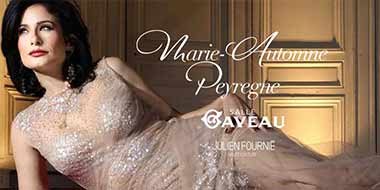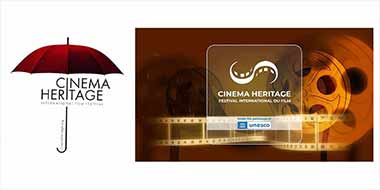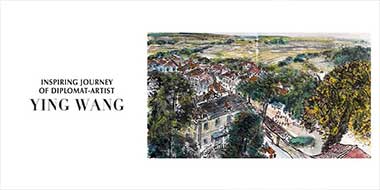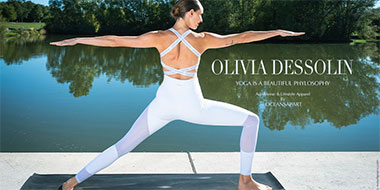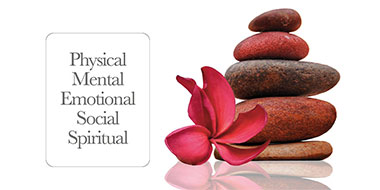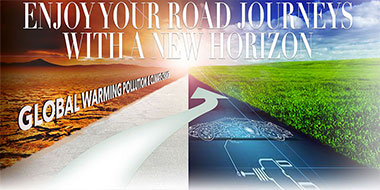THE RENAISSANCE CODEX
ART, POWER & ETERNAL BEAUTY
Part I: The Divine Geniuses of the Renaissance
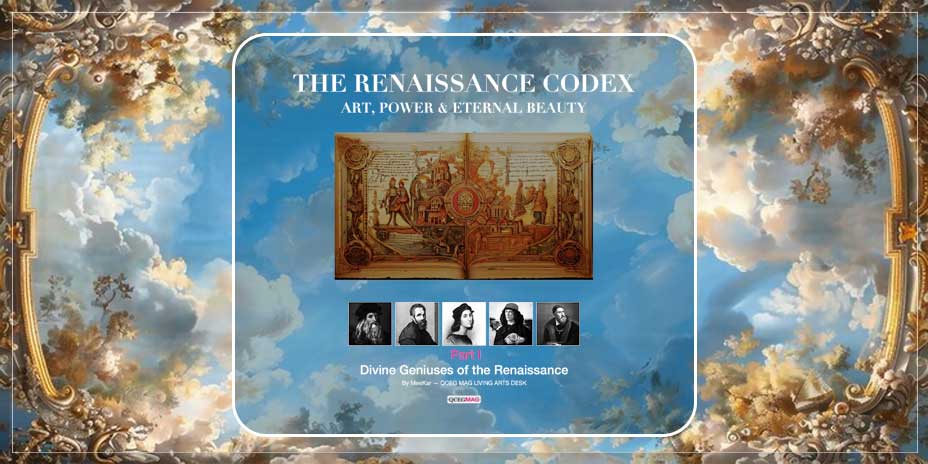
ART, POWER AND ETERNAL BEAUTY

- Part I:
Divine Geniuses of the Renaissance - Part II:
Leonardo — The Visionary Beyond Time - Part III:
Michelangelo — Sculpting the Divine -
↳ Part IV:
Raphael — Harmony in Human Form - (UPCOMING NEXT)
↓ - Part V:
Botticelli — Painter of Venus and Dreams - Part VI:
Titian — Fire, Flesh & Venetian Splendour - Part VII:
Echoes of the Renaissance in Modern Luxury

The Renaissance was not merely a rebirth — it was a revelation. A dazzling era where human potential was painted across the heavens and sculpted for eternity. Art became a mirror of the divine, a stage for intellect, and a sanctuary of sensual beauty. Florence, Rome, and Venice pulsed with new energy as the most legendary artists redrew the soul of civilisation.
At the heart of this unparalleled age stood five men whose genius still resonates through galleries, catwalks, and the corridors of culture: Leonardo da Vinci, Michelangelo Buonarroti, Raphael, Sandro Botticelli, and Titian. Each redefined the language of art—their works immortal, their visions sublime.
Art as Power
These masters did not merely paint and sculpt—they negotiated with popes, princes, and dynasties. Their patrons were the Medici, the Vatican, and imperial courts. Their canvases bore not only brushstrokes but also diplomacy, ambition, and power. With every line and shadow, they shaped the mythology of authority.
The Aesthetic Legacy
Their influence extends far beyond Italy’s gilded domes. Today, the Renaissance endures in the folds of haute couture gowns, in sculptural silhouettes, chiaroscuro lighting, and in every editorial daring to portray beauty as mystery and strength.
Picture the fall of a velvet cape echoing Titian’s drapery, or the translucent skin and golden hair of a Botticelli muse reincarnated on a Valentino runway. From architecture to advertising, the visual DNA of these masters continues to haunt and inspire.
The Five Pillars of Renaissance Mastery
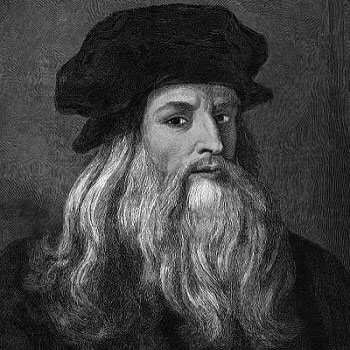
Leonardo da Vinci
(1452 – 1519)
Painter of the elusive. Inventor, anatomist, philosopher. His Mona Lisa and Last Supper are portals to the sublime.

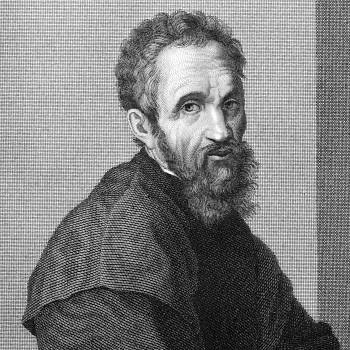
Michelangelo Buonarroti
(1475–1564)
Sculptor of gods and giants. His Sistine Chapel ceiling and marble David continue to defy comprehension.

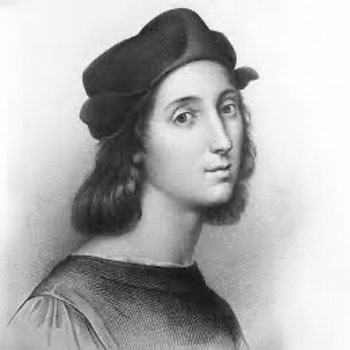
Raphael
(1483–1520)

Master of harmony and ideal beauty. His School of Athens is a cathedral of intellect and form.

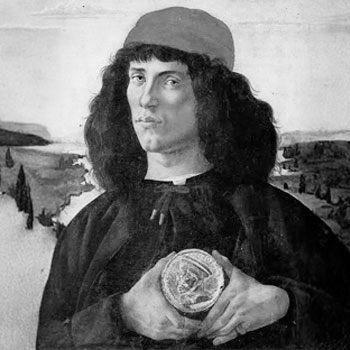
Sandro Botticelli
(1445–1510)
Weaver of mythological dreams and divine femininity. His Birth of Venus remains a timeless symbol of grace.

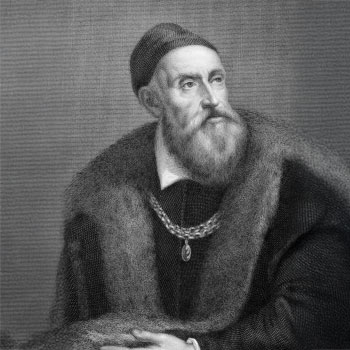
Titian
(c. 1488/90–1576)
Emperor of colour. His opulent tones and powerful compositions redefined portraiture for generations.

An Enduring Dialogue
To understand these artists is to grasp the foundations of modern aesthetics. This series, The Renaissance Codex, will unveil their stories—not as relics, but as eternal voices resonating through time, fashion, design, and identity.
Join us on QCEG MAG to begin with Leonardo da Vinci in Part II—where science, silence, and sfumato unravel the mystery of eternal presence.
— MeeKar
THE RENAISSANCE CODEX
“ART, POWER AND ETERNAL BEAUTY”
The Golden Age of Florence, Rome, and Venice
During the Renaissance, three Italian city-states—Florence, Rome, and Venice—rose to extraordinary cultural prominence, each fostering a golden age of art, architecture, philosophy, and commerce that shaped Western civilisation.

Florence
Florence was the cradle of the Renaissance, propelled by the patronage of the Medici family. It gave birth to humanism and nurtured artists such as Leonardo da Vinci, Michelangelo, and Botticelli, becoming a beacon of innovation and aesthetic rebirth.
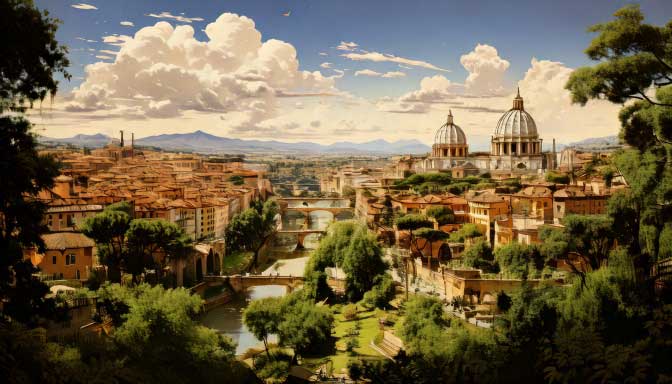
Rome
Rome emerged as a spiritual and artistic powerhouse at the height of the Renaissance, driven by papal ambition. Under the patronage of popes such as Julius II, Rome saw the creation of monumental projects—including St Peter’s Basilica, the Sistine Chapel ceiling, and the works of Raphael and Michelangelo—blending divine vision with classical grandeur.
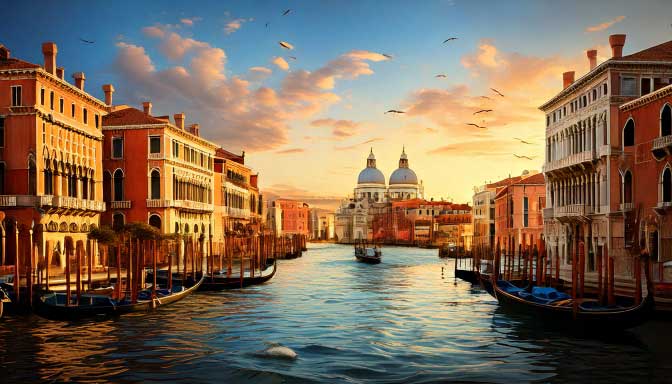
Venice
Venice, with its maritime wealth and Eastern influences, cultivated a more sensual and luminous art. Painters such as Titian, Tintoretto, and Veronese flourished in this city of opulence, where colour, atmosphere, and magnificence dominated both canvas and culture.
Together, these three cities defined the artistic and intellectual zenith of the Renaissance—a triad of genius whose legacy continues to illuminate the world.

Cross-References to Haute Couture Parallels
Humanism, refined symbolism, anatomical precision, mythological beauty.
Couture Parallels
(Illustrative Resonance)
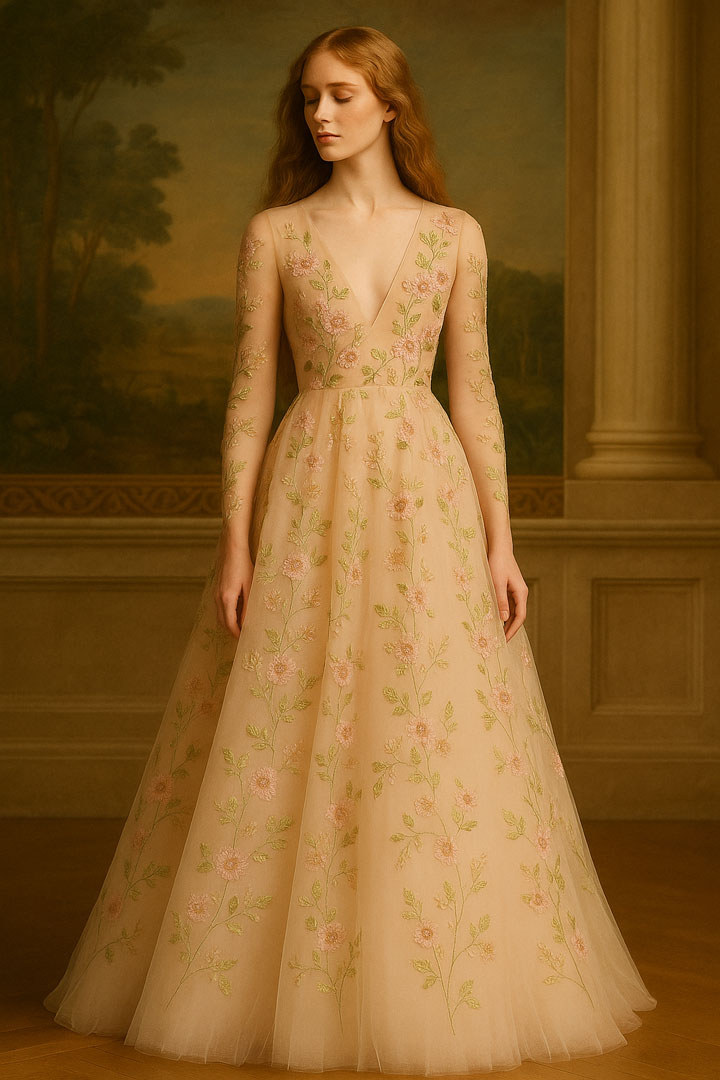
Valentino
Romantic silhouettes and floral motifs echoing Botticelli’s idealised femininity.
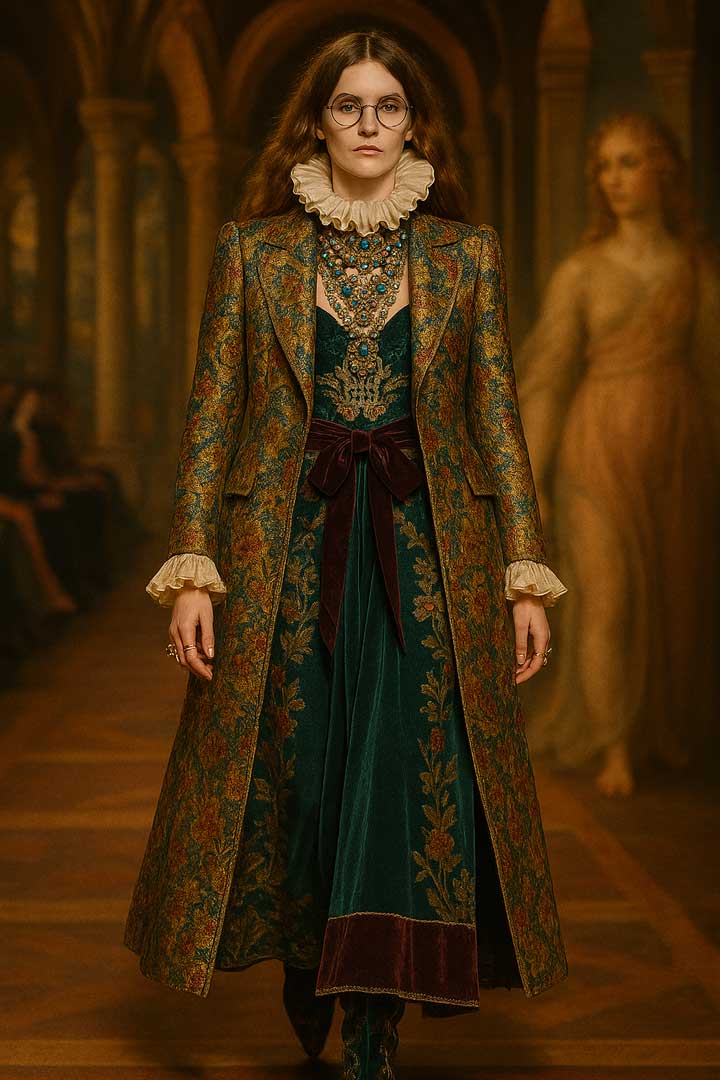
Gucci
(under Alessandro Michele)
Eclectic historicism and Florentine opulence reimagined for contemporary expression.
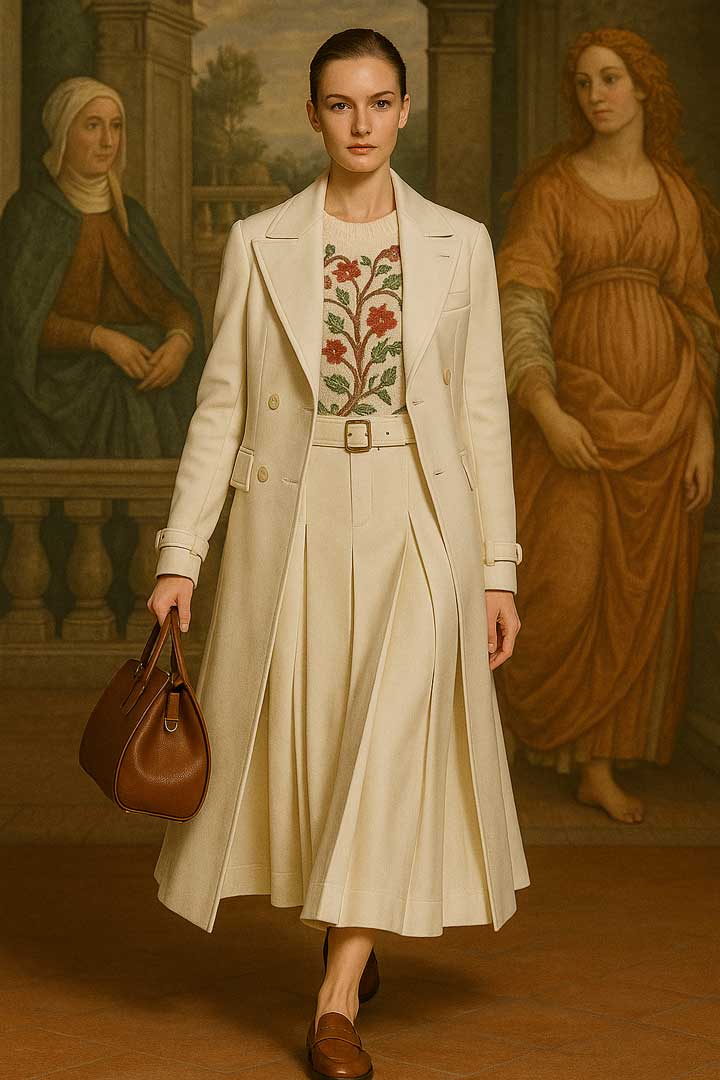
Salvatore Ferragamo
Craftsmanship heritage rooted in Florence, blending tradition with innovation.
✦ Botticelli’s Primavera meets Valentino’s tulle gardens—both celebrate an ethereal and mythic muse.

Monumental power, papal patronage, sculptural forms, spiritual symbolism.
Couture Parallels
(Illustrative Reflection)
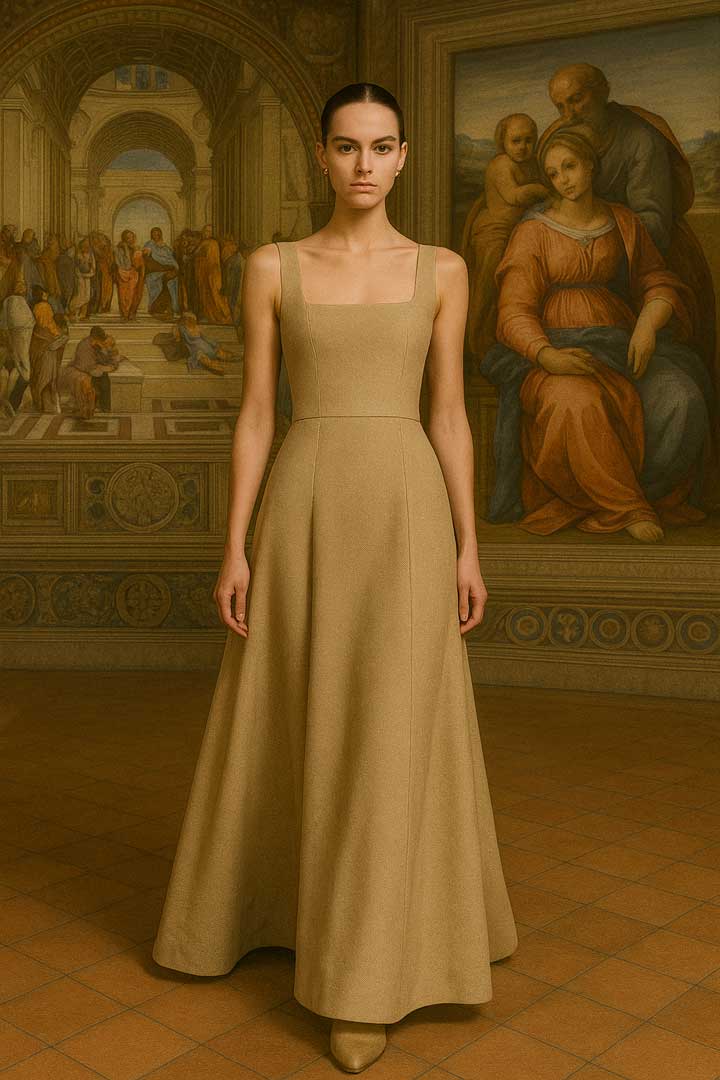
Dior
(Maria Grazia Chiuri)
Architectural silhouettes and feminist classicism evoking Raphael’s harmony and Michelangelo’s gravitas.
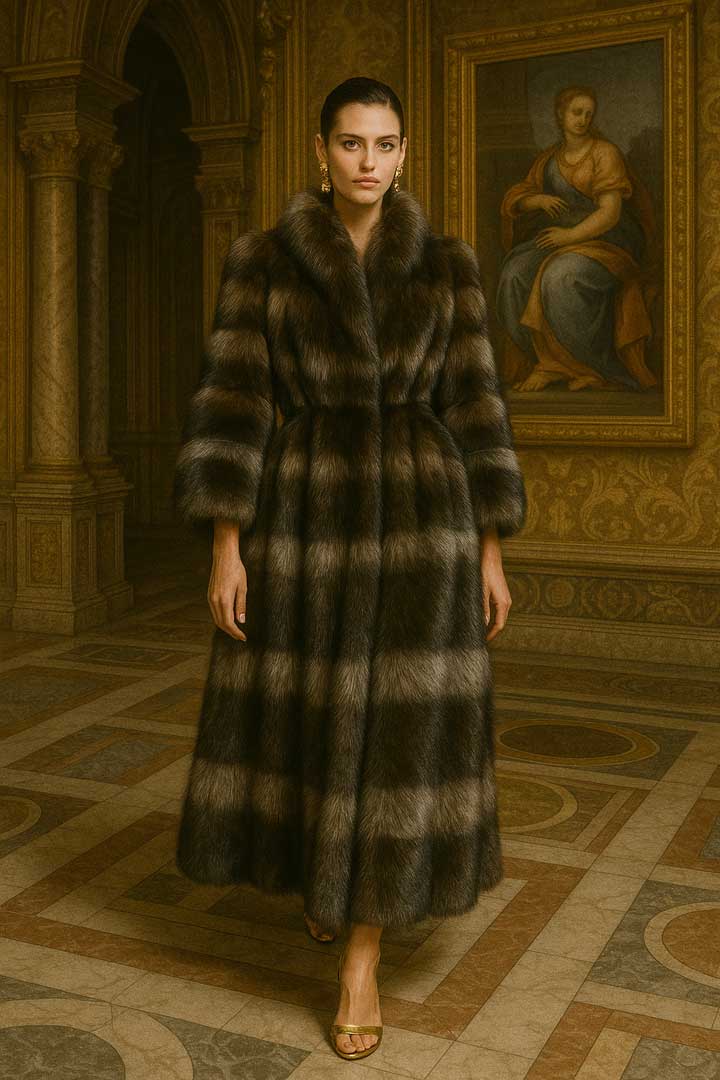
Fendi
(Haute Couture Fur)
Roman roots blended with regal fur craftsmanship and baroque opulence.
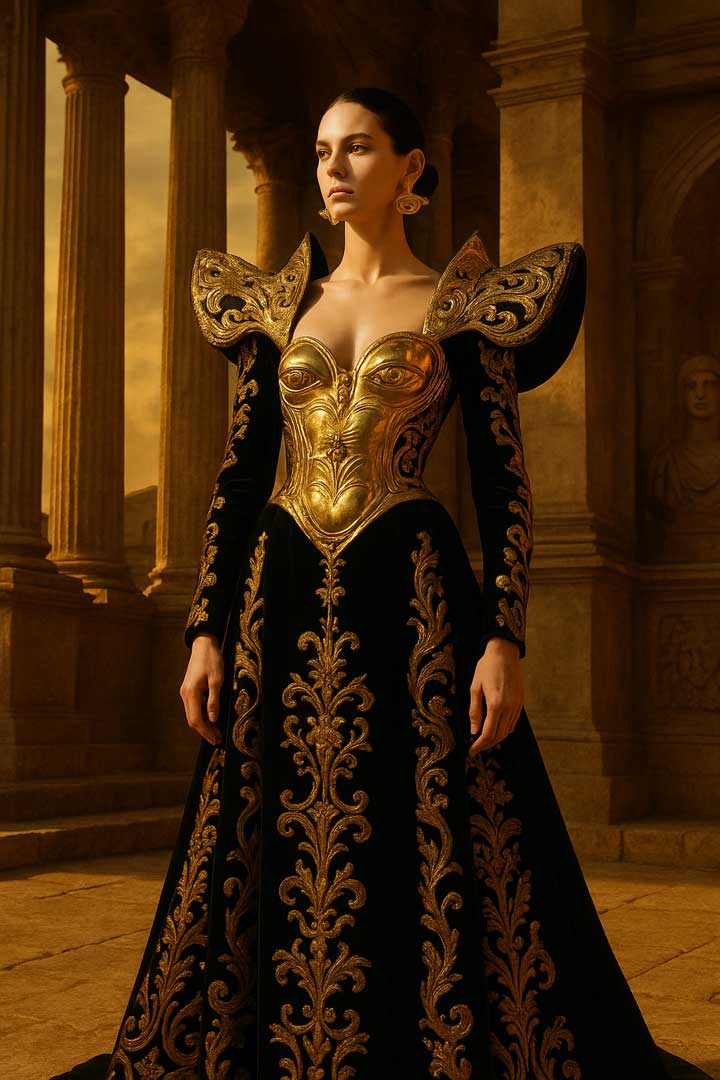
Schiaparelli
(Daniel Roseberry)
Surrealist drama infused with Roman theatricality and golden splendour.
✦ Dior’s gowns rise like St Peter’s—measured, divine, and powerfully feminine.

Mastery of colour, exoticism, carnival, sensuality, maritime wealth.
Couture Parallels
(Illustrative Reflection)
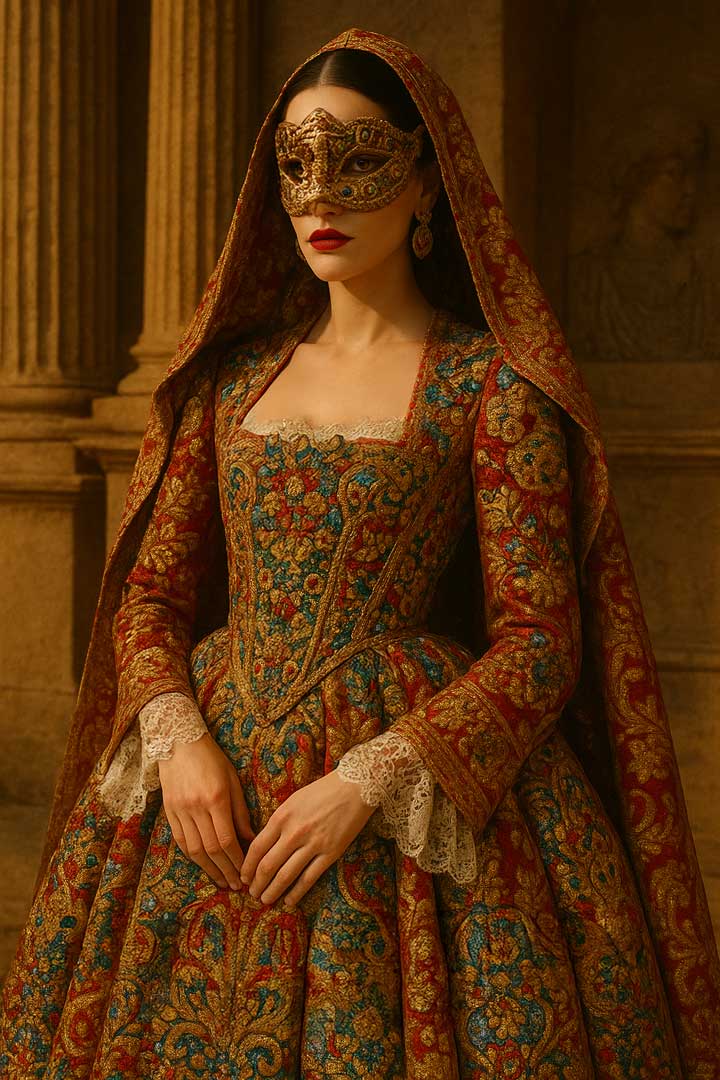
Dolce & Gabbana Alta Moda
Maximalist Venetian exuberance in brocade, lace, masks, and mosaic embroidery.
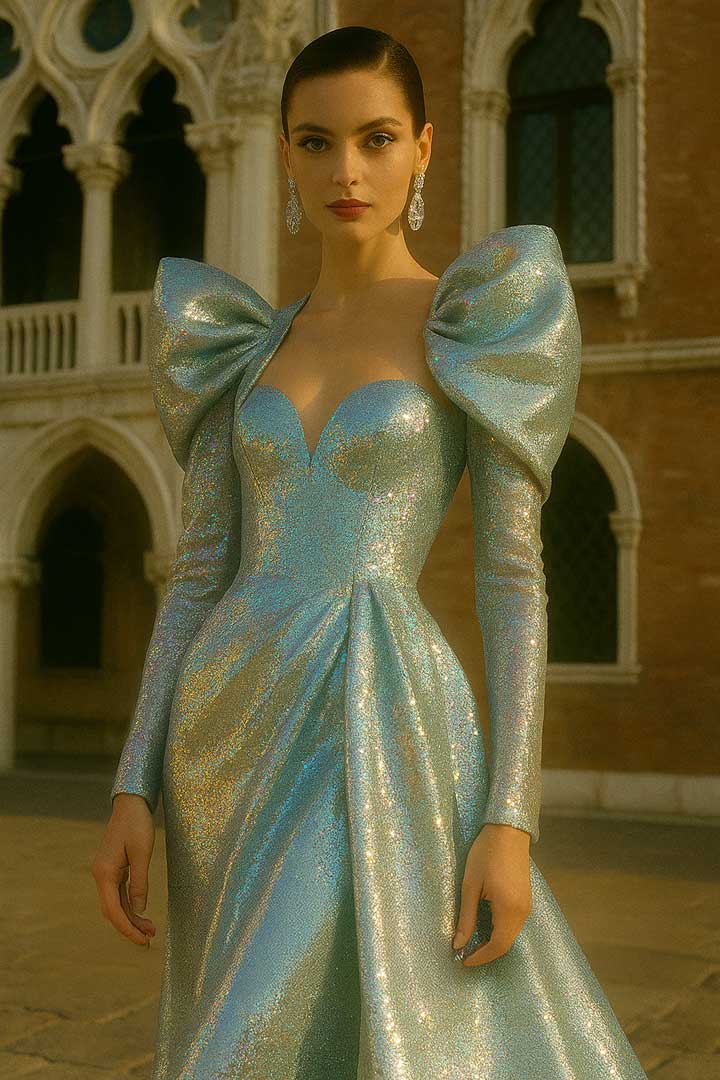
Armani Privé
Iridescent fabrics and reflective textures evoking Venetian plays of light.
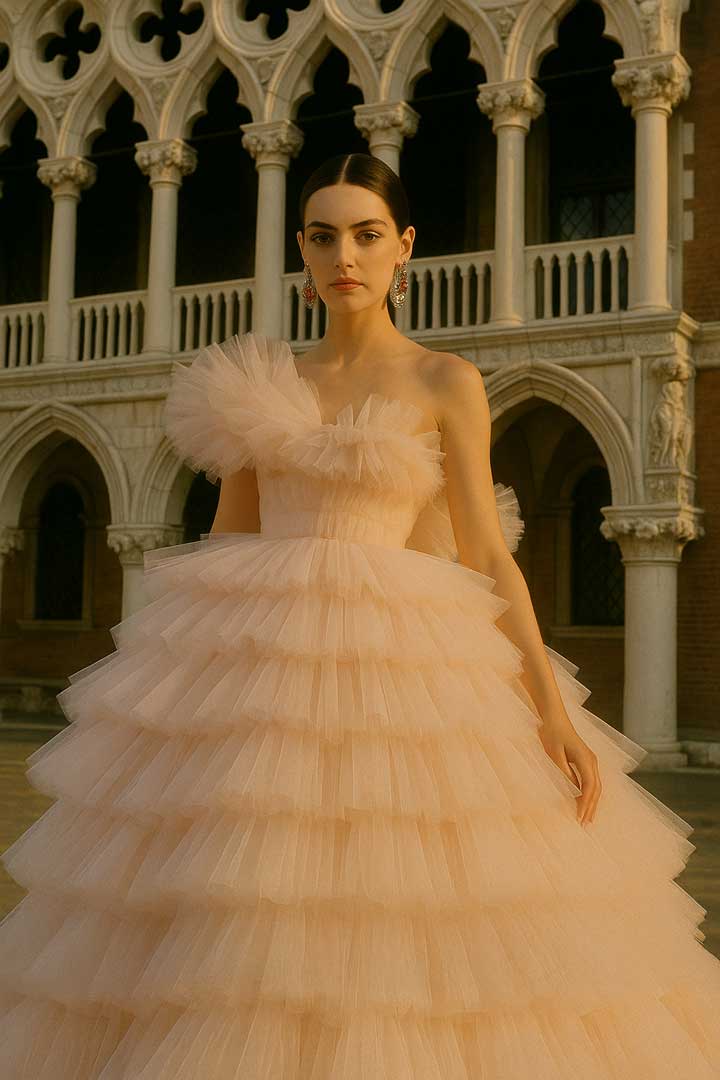
Giambattista Valli
Rococo fantasy and cascading tulle with a Venetian flourish.
✦ Venetian light refracts through Armani’s silks or Dolce’s baroque jewels—a luxury of layered history.



